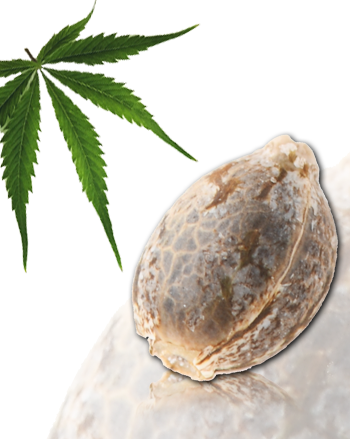acespicoli
Well-known member
Much love, spicoli. This is very much needed as these days we are seeing a genetic genocide from these large farms popping thousands of seeds and only selecting a few keepers for production and to pollinate hype cuts, with no real preservation
Things I haven't been seeing around lately are:
Cabecca De Negra
Mauritius
Angola
Ghana
Gambia
Senegal
Zambian
Ecuadorian
Aruba
Gypsy Thai Stick
Red Thai (RSC)
Gypsy Zamal
I would vote for Green Hornet, Afropips, CBG, USC, Cryptic, Blue Hemp, and French Touch as sources of the purest and rarest landrace genetics and as such take priority. But thats just me.
Impressive list.

Kalité Tizane - French Touch Seeds
Another legend from the Réunion island, also known as Kalité 1 taffe...
 frenchtouchseeds.com
frenchtouchseeds.com

Mangu Karot - French Touch Seeds
The Mangu karot is one of the legend Sativa from the Réunion island.
 frenchtouchseeds.com
frenchtouchseeds.com

Beldia - French Touch Seeds
Don't miss to preserve this rare moroccan landrace from the Riff mountains !
 frenchtouchseeds.com
frenchtouchseeds.com
French Shipping Domestic no problem others may need a resaler
I like that they keep their catalog small and focused
CBG & Ace @dubi thankfully continuing some of Charlies work,
https://www.aceseeds.org/en/thai-regular-seeds.html (PCK,
Blue Hemp - ApeOrigins working some of these (Thaifun,
Afro Pips - Khalfia and @Roms (Nigerian, Swazi Red, the real Durban Poison)
USC - seedhaven (uzbek,
Cryptic Labs - @west-eu (Oaxacan,
soon to be lost if not taken up by the community -
Green Hornet, not sure who is working these sadly great collection
French Touch still commercially held should be easy for everyone to acquire
Great recommendation
As seed is produced by one its shared to all so everyone always has fresh batches of VIABLE seed
Properly stored and grown as often as possible
>>>Best>ibes
 @Thcvhunter absolutely a great list !
@Thcvhunter absolutely a great list !Listed some I thought we could grab quickly
Last edited:







